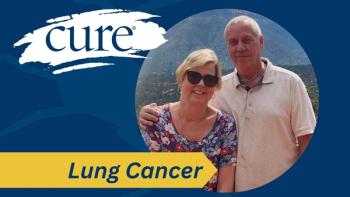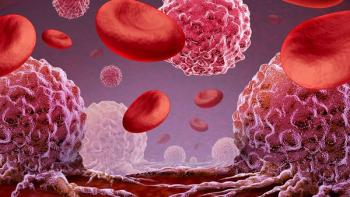
Creating a Notebook
Tips for keeping cancer information organized and accessibleÂ
The amount of paper generated by a cancer diagnosis can quickly become overwhelming. Below are tips for ways caregivers can keep cancer information organized and accessible.
> Create a summary with cancer diagnosis details and the official treatment regimen and any other regularly needed information, important phone numbers and relevant details, such as the nutritional supplements the patient takes and other health issues.
> Keep a calendar for appointments.
> Document the procedures and treatments given and planned, including possible side effects.
> Write lists of questions for appointments. Store extra paper for note-taking.
> Keep sections for each doctor, as well as for pathology, radiology and lab reports.
> Get a business card holder to store contact information for the patient’s medical and support team.
> Bring waiting room entertainment, such as Sudoku, reading materials or crossword puzzles.
> Organize information into simple categories, such as treatment options, side effects and clinical trials.
> File all explanation of benefits, bills and other correspondence with the insurance company in one section. Take notes, including names and dates, of any conversations with insurance companies.
Various cancer nonprofit agencies, such as the LIVESTRONG Foundation and the American Cancer Society, offer free resources for patients and caregivers. Caregivers should visit





